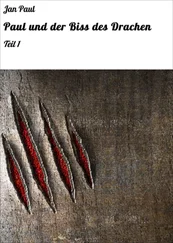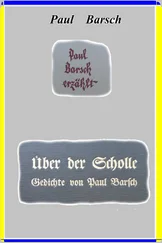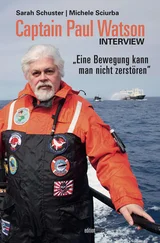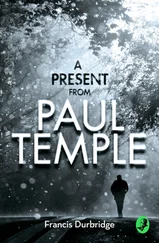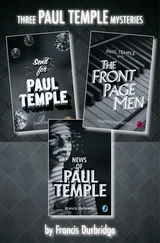Maggie and son had gone on to develop other approaches. A few brushstrokes of potato broth and sugar on a log would yield a healthy patch of Aspergillus in a couple of days. Sugar water brought the textured black of a sooty mold. With a million species to choose from, the possibilities were endless. They had a wonderful time with their joint project while her leg healed. Dylan still awoke from nightmares, thrashing and sweating, but not quite as often. Maggie had hoped that once the cast was off her leg, the last reminder of the accident, everything might go back to normal.
But then Dylan had his first panic attack.
A short spur trail led them to their major task this morning—the removal of the wax paper from their latest Fungus-Among-Us project. There were now bits of mycological art on trees and stumps all over Ithaca, thanks to the mother-and-son Connor team. They both loved the idea of unsuspecting travelers happening upon their creations, certain that forest sprites had been at work. Today’s project was a triquetra.

It was as large as a pumpkin and chest-high on the trunk of a decaying spruce. The wax paper was still affixed to it. “You do this one,” she said to her son.
“Really?”
“Go for it.”
Dylan scrunched up his face and went to work, delicately tugging at the edges, peeling it bit by bit. Maggie had always loved the design, the interlocking strands. The triquetra was of Celtic origin, and only later was it appropriated by Christians as a symbol of the Holy Trinity. To the Celts, it represented the three phases of the feminine life cycle: the maiden, the mother, and the crone.
The removal step was tricky; sometimes pieces of the fungus would rip off and give the work a flawed, torn-edged look. But this time the wax paper came off perfectly, and the result was stunning. The ancient symbol melded elegantly with its surroundings, life growing out of the dead. She gave her son a squeeze. “It’s beautiful.”
“I don’t know. There’s a little spot at the bottom.…”
She mussed his hair. “It’s perfect . Just like you. Now come on.” She looked around. “Turtle?”
They met up with the dog at the top of a small rise. With the leaves half down, you could see the sharp lines of Rivendell in the distance. They started back, but they hadn’t gone more than a few steps before Turtle stopped, cocked his head. Maggie picked it up a second later. Panicked voices.
“Maaaagggiiieeee!!!!!”
“Dylan!!!!!!!”
THEY WERE BREATHLESS BY THE TIME THEY MADE IT BACK.
Cindy was on the back porch, arms wrapped around her chest. Beside her stood the county sheriff, a shiny star of metal on his chest.
Cindy had tears in her eyes. “Oh, God. I’m so, so sorry.”
 4
4 
TWO HUNDRED STUDENTS WERE PACKED INTO SCHWARTZ AUDITORIUM for the nine a.m. lecture of Physics 1205, “Physics for Presidents.” Jake Sterling was twenty minutes into the lecture. He’d gotten off to a slow start—the long night before had seen too much honesty, and the subsequent three a.m. end of a four-month relationship—but now he was hitting his stride.
The premise of “Physics for Presidents” was simple: assume your audience was composed of future presidents of the United States. You have them for one semester. What lessons would be of optimal utility? Jake’s answer was simple: he taught them the rules of the world. What could and could not happen. We could build a nuclear submarine but not a nuclear airplane. There was enough sunlight to power the United States by solar, but only if we carpeted a good chunk of Nevada with solar cells. His was an Army man’s approach, a presentation of options. Jake hadn’t worn the uniform for well over a decade, but he still had the no-nonsense attitude of a soldier.
“Isaac Newton was the tipping point—a solitary man standing at the transition between the ancient world and the modern. Before Newton, we were a civilization of superstitious craftsmen. We could make plows and crossbows and trebuchets, but our understanding of the world—and our ability to control it—was something that we learned by experience, by trial and error. Or we were guided by ‘experts’ that had a line to a deeper truth. Religious leaders. Shamans. People who spent their lives waiting for the gods to reveal the mysterious forces at work in the universe. But no more. After Newton, you just sat down with pencil and paper and worked it all out. No magic. No mumbo jumbo. And no special training required, except a decent knowledge of mathematics.”
Jake had taught this course three semesters in a row, a record for him in the eight years he’d been at Cornell. He typically switched teaching assignments as often as he could, preferring to wander the entire curriculum instead of digging deeper and deeper into the same hole. But he loved this course. His colleagues in other departments made noise about how art, politics, or the pen was a hammer to shape the world, but in Jake’s estimation, technology was the biggest hammer out there.
Jake continued. “People wasted little time putting Newton’s laws, and those of Maxwell, Einstein, and Schrödinger, to productive use. And since we had laws for everything, no matter how big or small, they allowed us to move beyond everyday human scales. The first great push was toward the ever bigger: mighty dams, great oceangoing vessels, and—perhaps the high-water mark of the big—venturing to the moon. Now we are in a second revolution. Question: what is it?”
The students looked bored. Their indifference surprised him. The discovery that the natural world was mathematically explicable was, to Jake, the single most significant development in the history of humanity. From this followed the obvious consequence: the world was controllable. The constituents of the world—radio waves, apples, or planets—did what the differential equations told them to do. You learn to perform some formal manipulations of symbols on a page, and the next thing you know, you’re building radios that can communicate across oceans, or launching projectiles at your enemies with a precision that was terrifying to behold. It was that simple.
“What is it?” he repeated. “No guesses?”
“Nano,” came an answer from the front.
“You got it. Nano. The realm of the ultrasmall. Small has replaced big as the terra incognita for techno-explorers. The nanoworld is the new frontier.”
Jake clicked an icon on his computer and a color photo of an Intel Core 2 Quad processor chip appeared on the ten-foot-tall screen behind him. “A modern integrated circuit is the most complex and sophisticated piece of technology ever made,” Jake said. He clicked again, and the view zoomed onto a single transistor within the circuit. “This transistor is a thousand times narrower than a human hair. It is as much smaller than you as the earth is bigger than you. Distances in this world are measured in nanometers. Nano—from the Greek nanos , meaning ‘little old man,’ indicating one billionth. That’s small. One billionth of the population of the earth wouldn’t even fill up the front row of this class.
“The power of nano makes it possible to construct an entire world in the space of a meter,” Jake continued, as the image on the screen zoomed back out, the single transistor quickly lost in the rectangular maze of transistors, capacitors, and copper interconnects. “This computer chip is a world of doors and passageways for electrons, guiding them in a dance as intricate and involved as the daily movements of millions of people in any major city. An entire city for electrons can be built in a space smaller than a postage stamp.” The image faded and was replaced by an aerial view of the gridlike streets of Midtown Manhattan. “A circuit as complex as Manhattan could fit on the tip of my finger,” he said. “And unlike a real city, there are no traffic jams, no gridlock. All of it works flawlessly. Not a single packet of electrons out of place.
Читать дальше
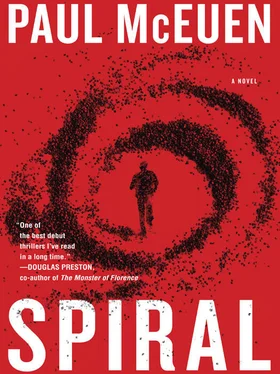

 4
4 
